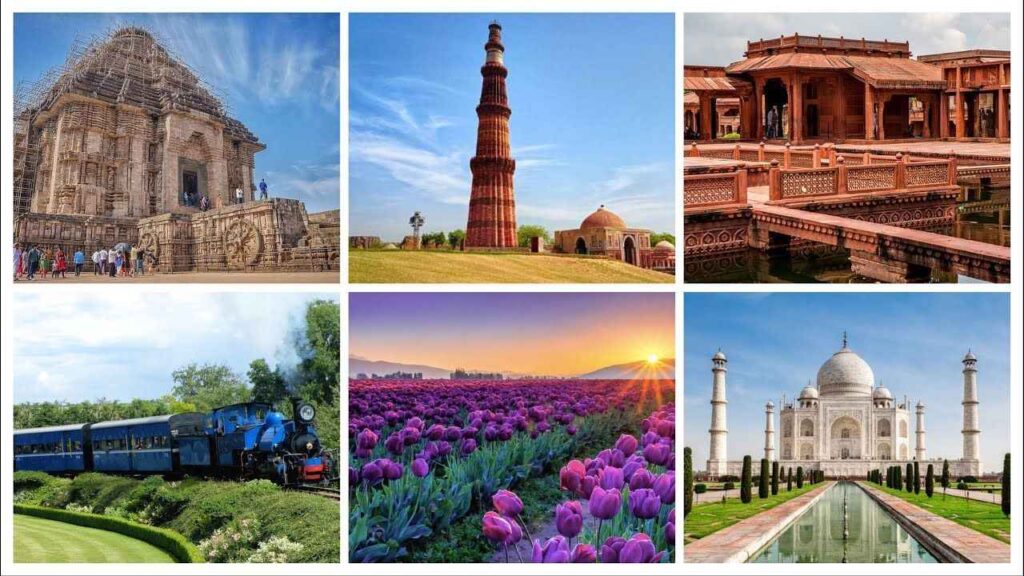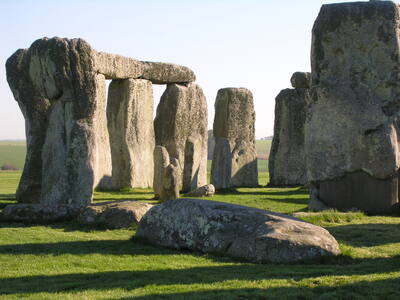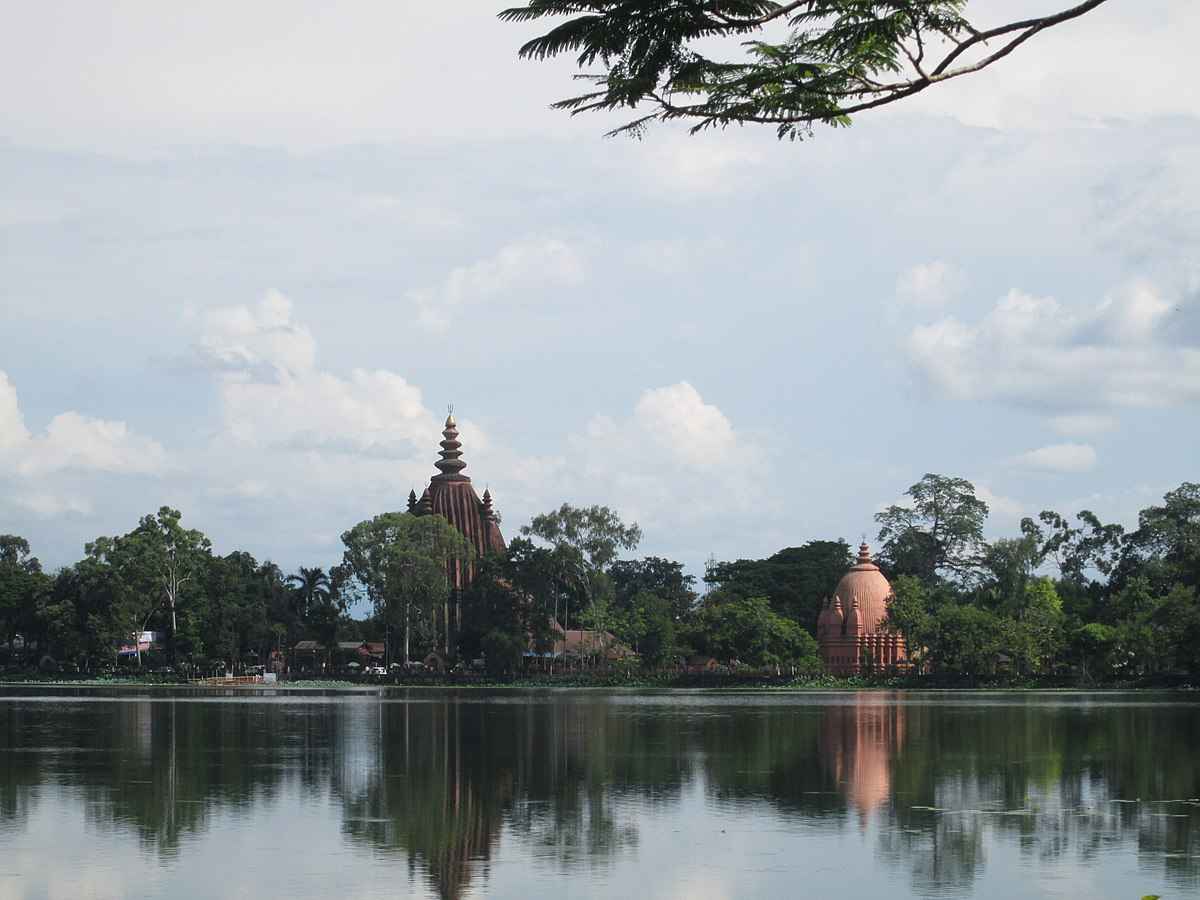World Heritage Sites and their importance
World Heritage Sites are more than just physical places; they are the embodiment of our collective history, culture, and natural wonders. These exceptional sites, recognized by UNESCO (the United Nations Educational, Scientific and Cultural Organization), hold immense importance for humanity. Here’s why:
- Preserving Our Past:
- World Heritage Sites safeguard our heritage for future generations. They are living testimonies to the creativity, resilience, and achievements of ancient civilizations.
- From the Great Wall of China to the Pyramids of Egypt, these sites connect us to our roots and remind us of the human journey through time.
- Cultural Diversity:
- These sites represent the rich tapestry of human expression. Whether it’s the intricate carvings of Angkor Wat or the vibrant murals of the Sistine Chapel, each site tells a unique story.
- By preserving diverse cultural expressions, World Heritage Sites celebrate our shared humanity.
- Natural Marvels:
- Some sites, like Yellowstone National Park or the Galápagos Islands, showcase the Earth’s natural wonders. They harbor unique ecosystems, rare species, and breathtaking landscapes.
- These places inspire awe and remind us of our responsibility to protect our planet.
- Global Cooperation:
- The inscription of a site as a World Heritage Site involves collaboration among nations. It transcends borders and fosters international cooperation.
- By working together, we ensure the survival of these irreplaceable treasures.
In essence, World Heritage Sites are not just monuments; they are bridges connecting us to our past, anchors for our present, and beacons guiding us toward a sustainable future. Let’s cherish and protect them for generations to come.
Understanding World Heritage

What Are World Heritage Sites?
World Heritage Sites are exceptional places of cultural, historical, scientific, or natural significance. They are treasures that belong to all of humanity, transcending national boundaries. These sites are safeguarded by UNESCO (the United Nations Educational, Scientific and Cultural Organization) to ensure their preservation for future generations.
Criteria for Inscription: Cultural, Natural, or Mixed Significance
- Cultural Criteria:
- Criterion (i): Representing a masterpiece of human creative genius.
- Criterion (ii): Exhibiting an important interchange of human values, over a span of time or within a cultural area.
- Criterion (iii): Bearing unique or at-risk architectural, artistic, or archaeological features.
- Criterion (iv): Reflecting cultural traditions or living civilizations.
- Natural Criteria:
- Criterion (vii): Containing exceptional natural beauty or aesthetic value.
- Criterion (viii): Representing significant ongoing ecological and biological processes.
- Criterion (ix): Housing rare, threatened, or endemic species.
- Criterion (x): Preserving outstanding examples of Earth’s geological history.
- Mixed Criteria:
- Some sites exhibit both cultural and natural significance, making them “mixed” sites.
- For example, Machu Picchu in Peru combines archaeological marvels with stunning natural landscapes.
The Selection Process for World Heritage Sites
- Nomination:
- State Parties (countries that have ratified the World Heritage Convention) propose sites for inscription.
- These nominations undergo rigorous evaluation by national experts and committees.
- The nomination dossier includes detailed documentation about the site’s significance, integrity, and management.
- Evaluation Criteria:
- Outstanding Universal Value (OUV):
- Sites must demonstrate exceptional value to all of humanity.
- OUV encompasses cultural, natural, or mixed significance.
- Integrity and Authenticity:
- Sites should retain their original features and context.
- Authenticity ensures that the site reflects its true historical or natural character.
- Management and Protection:
- Adequate management plans are crucial for long-term preservation.
- Sites must be protected from threats like development, pollution, and climate change.
- Outstanding Universal Value (OUV):
- Advisory Bodies:
- ICOMOS (International Council on Monuments and Sites):
- Evaluates cultural sites.
- Provides recommendations to the World Heritage Committee.
- IUCN (International Union for Conservation of Nature):
- Assesses natural sites.
- Offers expert advice on ecological aspects.
- ICOMOS (International Council on Monuments and Sites):
- World Heritage Committee Decision:
- The World Heritage Committee reviews nominations during its annual sessions.
- Inscription requires a two-thirds majority vote.
- Delisting can occur if a site’s OUV is severely compromised.
- Monitoring and Reporting:
- Regular monitoring ensures sites maintain their OUV.
- State Parties submit periodic reports on site conditions and management.
Cultural World Heritage Sites
- Historic Cities and Architectural Marvels:
- Historic Cities: These cities are living testaments to human civilization, steeped in rich history and architectural splendor.
- Salzburg, Austria: Birthplace of Mozart, Salzburg boasts a Baroque old town with charming squares, palaces, and churches.
- Vienna, Austria: The imperial capital dazzles with grand palaces (like Schönbrunn), elegant boulevards, and world-class museums.
- Graz, Austria: Known for its medieval core, Graz features Renaissance architecture, cobblestone streets, and vibrant culture.
- Other iconic cities worldwide include Rome (with the Colosseum), Agra (home to the Taj Mahal), and Granada (with the Alhambra).
- Architectural Marvels: These awe-inspiring structures transcend time and inspire wonder:
- Great Wall of China: A monumental defensive structure spanning thousands of miles.
- Chichen Itza (Mexico): A Mayan pyramid with astronomical significance.
- Angkor Wat (Cambodia): The largest religious monument globally, blending Hindu and Buddhist elements.
- Historic Cities: These cities are living testaments to human civilization, steeped in rich history and architectural splendor.
- Monasteries of Haghpat and Sanahin:
- Nestled in the picturesque Lori region of Armenia, these monastic complexes date back to the 10th and 11th centuries.
- Haghpat Monastery: Founded by Queen Khosrovanush, it features a rectangular domed church (St Nshan Church) and other structures.
- Sanahin Monastery: Renowned for its school of illuminators and calligraphers, it represents Armenian religious architecture at its peak.
- These monasteries served as spiritual, cultural, and educational centers, fostering philosophy, medicine, rhetoric, and music.
Natural World Heritage Sites
- Definition and Purpose:
- Natural heritage sites are restricted to areas that:
- Furnish outstanding examples of Earth’s record of life or geologic processes.
- Provide excellent examples of ongoing ecological and biological evolution.
- Contain rare, unique, superlative, or exceptionally beautiful natural phenomena.
- Furnish habitats for rare or endangered animals or plants, showcasing exceptional biodiversity.
- Natural heritage sites are restricted to areas that:
- Statistics:
- To date, there are 266 natural sites inscribed on the UNESCO World Heritage List.
- These include 218 sites recognized solely for their natural value and 39 mixed sites (recognized under both natural and cultural criteria.
- Significance:
- Natural World Heritage Sites are globally recognized as the planet’s most significant protected areas.
- They sustain outstanding nature conservation values, safeguarding ecosystems, landscapes, and rare species.
Transboundary and Threatened Sites

- Definition and Purpose:
- TBPAs, also known as transfrontier conservation areas or peace parks, span boundaries of more than one country or sub-national entity.
- These areas serve multiple purposes:
- Preserving Traditional Migration Patterns: Ensuring animals can follow their historic migration routes, accessing food and water sources.
- Promoting Tourism and Economic Development: TBPAs encourage cross-border tourism and economic cooperation.
- Fostering Goodwill: They strengthen relations between neighboring countries.
- Facilitating Indigenous Travel: Making it easier for indigenous inhabitants to move within the area.
- Types of Transboundary Protected Areas:
- TBPAs come in various forms:
- Type 1: Transboundary Protected Area: Clearly defined geographical spaces with ecologically connected protected areas across international boundaries.
- Type 2: Transboundary Conservation Landscape and/or Seascape: Ecologically connected areas combining protected zones and multiple resource use areas.
- Type 3: Transboundary Conservation Migration Area: Focused on preserving migration routes.
- Special Designation: Park for Peace: Symbolizing cooperation and harmony.
- TBPAs come in various forms:
- Examples:
- Waterton-Glacier International Peace Park: Straddling the Canada-United States border, it exemplifies transboundary cooperation.
- Haghpat and Sanahin Monasteries (Armenia): These historic sites span national boundaries, emphasizing cultural and natural significance.
FAQ’s
Q. What is a UNESCO World Heritage Site?
A: A UNESCO World Heritage Site is a landmark or area with legal protection by an international convention administered by the United Nations Educational, Scientific and Cultural Organization (UNESCO). These sites are designated as having cultural, historical, scientific, or other forms of significance.
Q. How are sites chosen for UNESCO World Heritage status?
A: Sites are selected based on their universal value and must meet at least one of ten selection criteria, which range from representing a masterpiece of human creative genius to being an outstanding example of traditional human settlement.
Q. How many UNESCO World Heritage Sites are there?
A: As of 2024, there are over 1,150 UNESCO World Heritage Sites across the world, including both cultural and natural properties.












